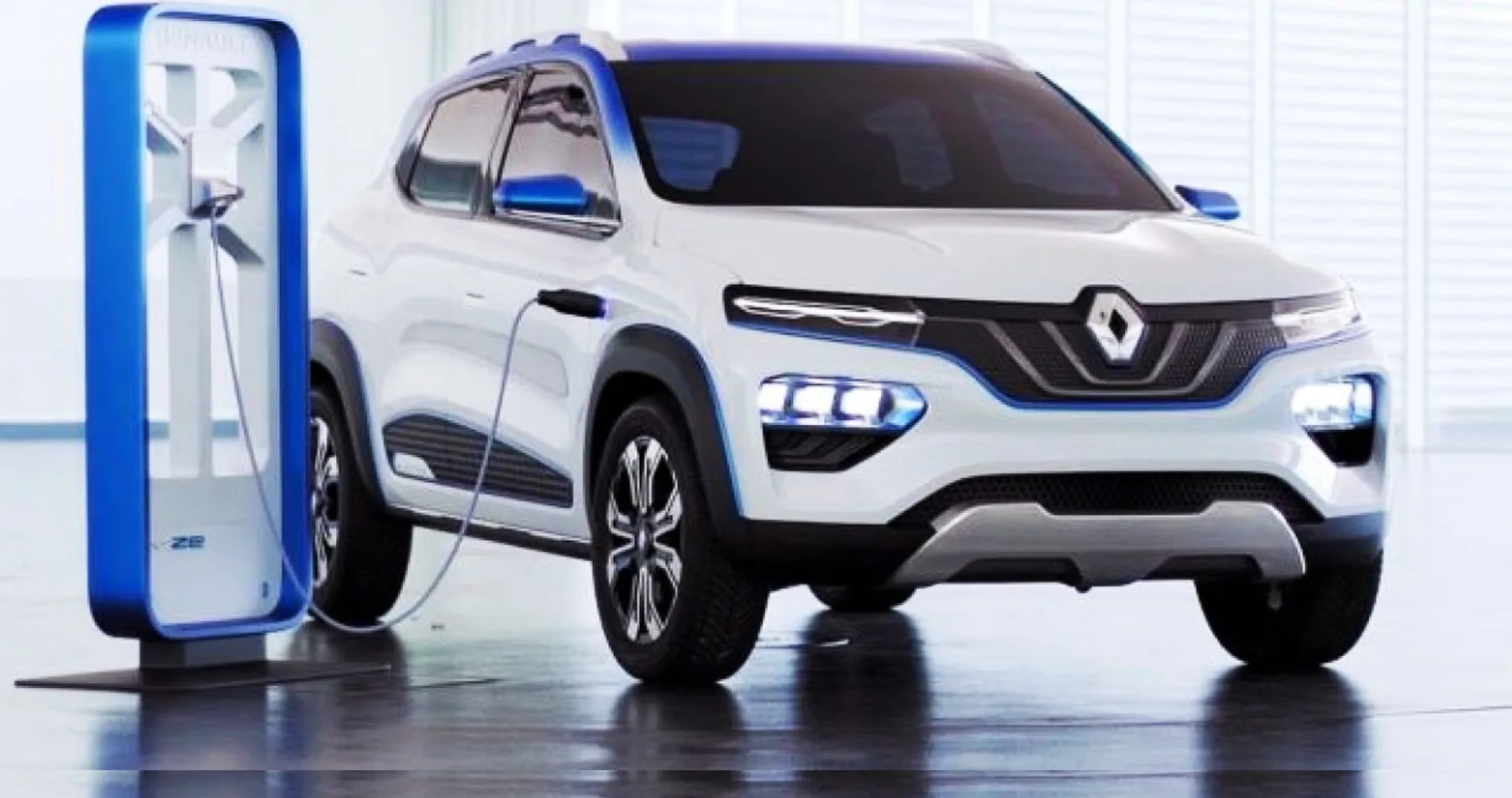Introduction:
The electric vehicle revolution is gaining traction, and Renault India is poised to play a significant role in shaping its course with the introduction of an affordable electric vehicle. The much-anticipated Renault Kwid EV is set to arrive in India within the next year and a half, providing an appealing option for environmentally conscious consumers. We delve into the key details surrounding the upcoming Renault Kwid EV and its potential impact on the Indian electric vehicle landscape in this article.
Renault Kwid EV- Key details to know
1. A Strategic Move Towards Electrification:
Venkatram Mamillapalle, Managing Director of Renault India, has officially confirmed the domestic launch of the Renault Kwid EV. This strategic move is consistent with the brand’s dedication to electrification and sustainable transportation solutions.
2. Price Competitiveness and Targeted Rivals:
The Renault Kwid EV will be priced below Rs. 10 lakh, making it a direct competitor to the popular Tata Tiago EV, Citroen eC3, and MG Comet. This price competition strategy aims to make electric mobility more accessible to a broader range of Indian consumers.
3. Localized Manufacturing for Affordability:
Renault is taking a localization approach for the Kwid EV, with plans to achieve a localization rate of 55 to 60 percent. Renault hopes to keep costs down by sourcing the battery pack and associated components locally, allowing it to offer an affordable electric car that appeals to the Indian market.
4. India-Specific Model on CMF-A Architecture:
The Kwid EV will be built on the CMF-A architecture, tailored to the Indian market’s preferences and needs. This platform will provide the foundation for the electric variant of the Kwid, aligning it with the brand’s commitment to delivering vehicles that suit local conditions.
5. Design and Exterior Differentiation:
To set itself apart from its internal combustion engine (ICE) sibling, the Kwid EV will sport a redesigned exterior. Expect to see updates to the headlamp cluster, grille, front and rear bumpers, and tail lamps. These design enhancements will not only contribute to aesthetics but also optimize the EV’s aerodynamics.
6. International Roots and Local Adaptations:
The global Kwid EV, already available in international markets, provides insights into the Indian version’s potential features. With a flat floor and modifications to accommodate the battery pack, the Indian Kwid EV is poised to offer practicality and efficient space utilization.
7. Impressive Range and Performance:
The global Kwid EV boasts a driving range of 295 km on the WLTP cycle, and it’s anticipated that the Indian version’s range will exceed 300 km on a single charge. This range, combined with its accessible pricing, makes the Kwid EV an attractive option for daily commuting and urban mobility.
Conclusion:
The upcoming Renault Kwid EV represents a significant advancement in Renault India’s electrification journey. The Kwid EV, with its commitment to affordability, localization, and adaptation to Indian market preferences, has the potential to transform the country’s electric vehicle landscape. Renault’s effort to introduce an affordable and practical electric car reflects its determination to lead the charge toward a cleaner and greener future as the Indian automotive market witnesses the dawn of electric mobility.
READ MORE :
- All About Aston Martin Cars
- Audi e tron Review
- Bently Continental GT price in India
- BMW X1 Price in India
- Brezza 2022 Launch date in India
- Why Bugatti Is So Expensive?
- Best car dealers in Dubai
- Concorde Motors Kochi
- Honda Showroom Kochi
- Indus Motors Thevara
- KIA DEALERS IN PUNE
- Lamborgini Showroom in India
- Nippon Toyota Kalamassery
- Rolls Royce Showroom in India
- Sai Service Pathadipalam
- Top 10 Car Showrooms Kottayam,
- Top 5 Car Showrooms Trivandrum
- BREZZA 2022 vs TATA NEXON
- Citroen C3 price in India
- 2021 Chevrolet corvette vs Mustang Shelby GT50
- Is Mercedes-Benz better than BMW?
- EcoSport Price in Kerala
- Upcoming Ford cars in India –
- Alcazar
- Cars price in India
- Hyundai Creta
- i20 Price in Kerala on-road
- venue price in India
- KIA Carens price in India on road
- Carnival 2021 India
- KIA Cars on road price in India
- seltos price in Kerala
- Kia sonet price in Kerala
- Landrover Range rover Evoque review
- Mahindra Bolero Neo
